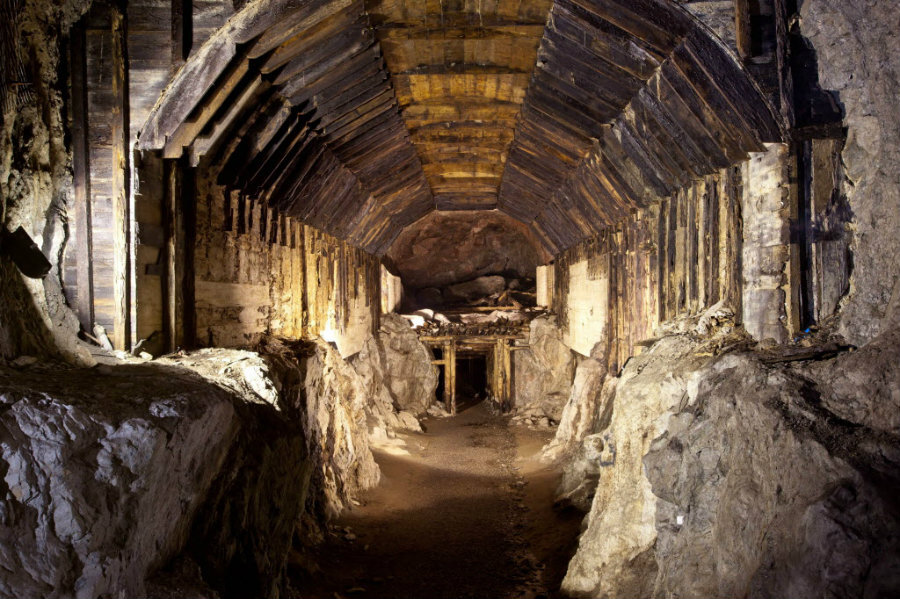Treasure hunting duo claims 'Nazi Gold Train' discovery
Loading...
Treasure hunters may have located a Nazi train missing for 70 years and rumored to be filled with billions of dollars in gold and jewels.
Two men have spent years chasing the fortune, supposedly buried by the Nazis in a Polish hillside as World War II came to a close.
Using sonar equipment, Piotr Koper, of Poland, and Andreas Richter, of Germany, said in September they captured images they believe to be the train and its contents, near the coal town of Walbrzych, in southwestern Poland.
The Guardian reports that the train is one of the leading unsolved mysteries left from the Nazi regime. Local lore has it that it may be filled with 300 tons of gold – worth billions by today’s standards.
US and Russian secret services conducted an intensive search for the armored train after the Third Reich fell, according to Mr. Koper, but came up empty. Koper and Mr. Richter began hunting for the train in 2011, after a local witness who was familiar with the train’s 1945 disappearance gave them a tip.
“We succeeded because we are local people,” said, Koper, who is also a construction worker in the region.
The final stages of the dig are being held up, the treasure hunters said, because of fears there may be guns or explosives inside the buried object, and because the advancement of winter would make excavation difficult.
Koper told The Guardian police have been guarding the site since the duo’s August discovery.
“The Nazis dug out the embankment, created a junction and laid track to divert the train off to the side,” Koper told the Guardian. “Then they parked the train, which is 90-meters long, removed the rails and put back the soil.”
Whether that is actually true will likely come to light next year. But some historians have added weight to claims made by the discoverers and the Polish government by stating that the region was a Nazi stronghold with a web of underground tunnels.
The area was closed off to locals by the Russian and Polish militaries through 1991.
“The soldiers were looking for something,” one man told The Guardian.
More than a half-century after their fall, the Nazis remain a source of fascination. Over a two-year period beginning in 2010, writers published more than 1,200 books about the Third Reich, according to the BBC. Hundreds of movies have also been created and stories about lost treasures continue to grow.
Part of the reason for this continued interest is that the Nazi memory is still very much alive. Nazi war criminals continue to be prosecuted, artwork stolen during the Third Reich is routinely found, and many of the millions held in Hitler’s death camps and labor camps continue to recount their experiences.
These memories play out in our culture as seen in the iconic adventures of the movie “Indiana Jones: Raiders of the Lost Ark,” or through the 1994 book “The Rape of Europa,” which explores European treasures stolen by Nazis and was later formed into a documentary.
Of course, the idea of anyone finding a billion dollars in gold helps explain the world's interest. The hunt has been a boon for the area, with tourists flooding in to get a closer look, according to news reports.







